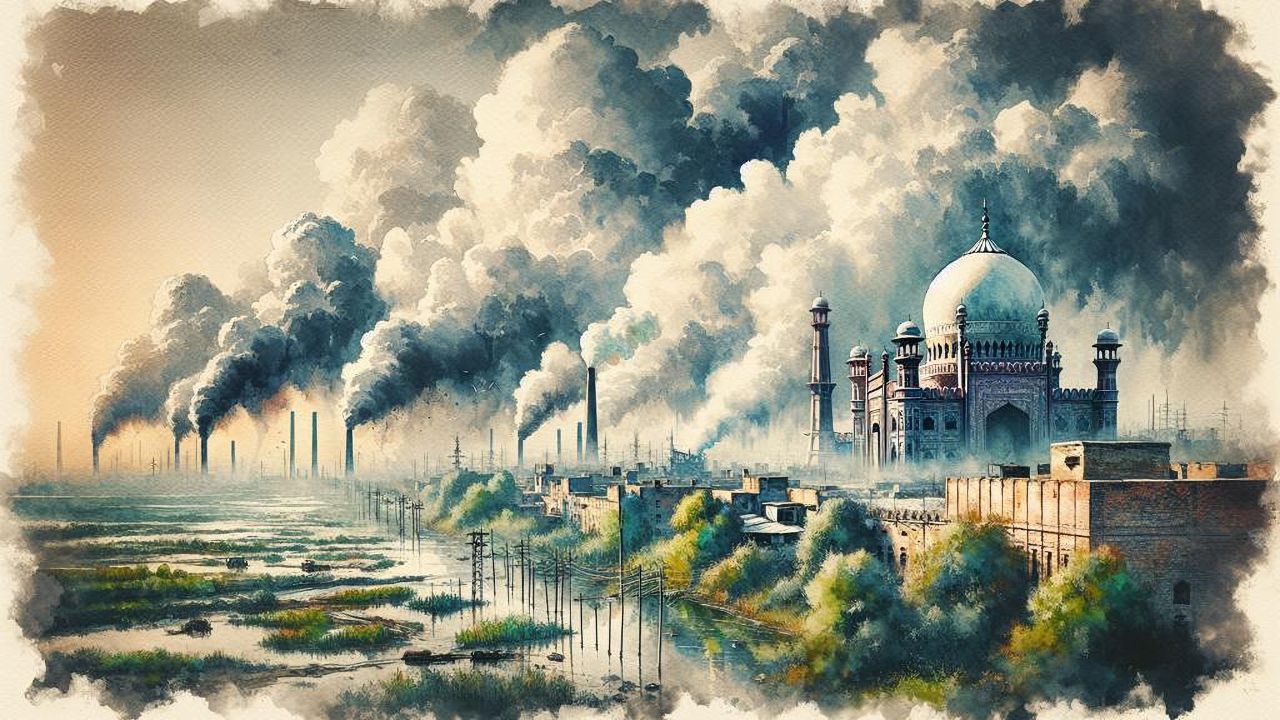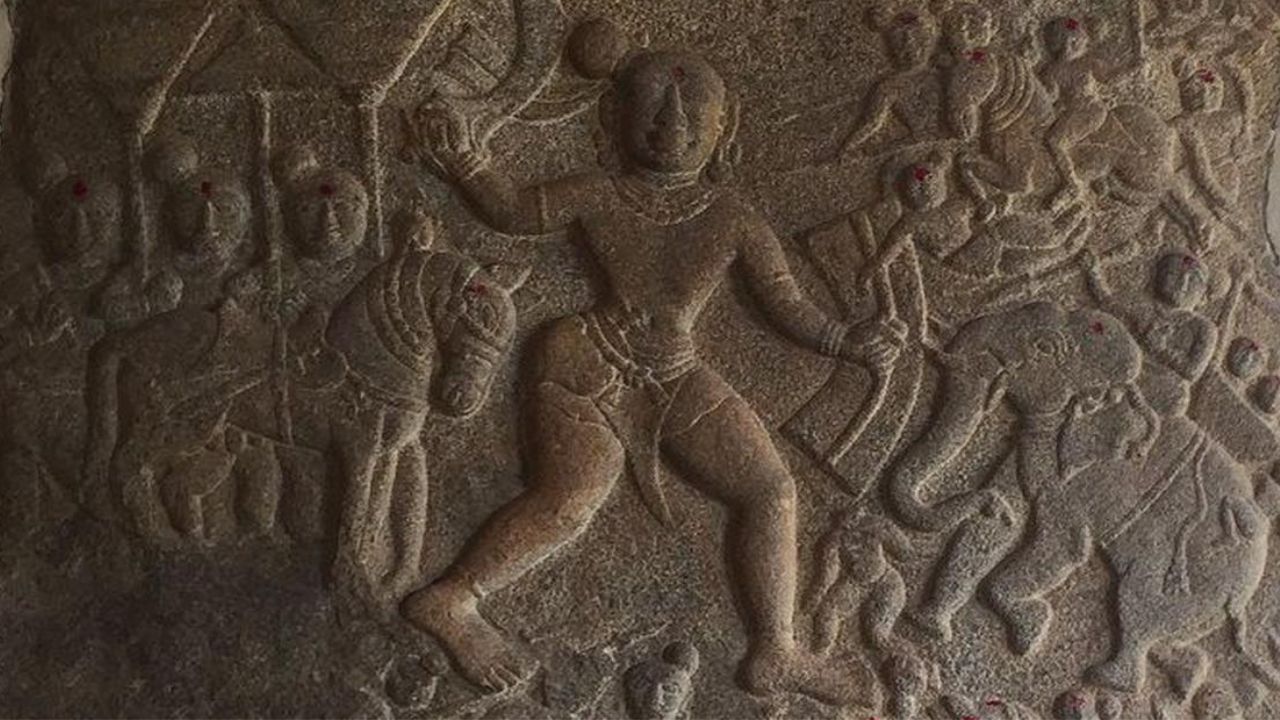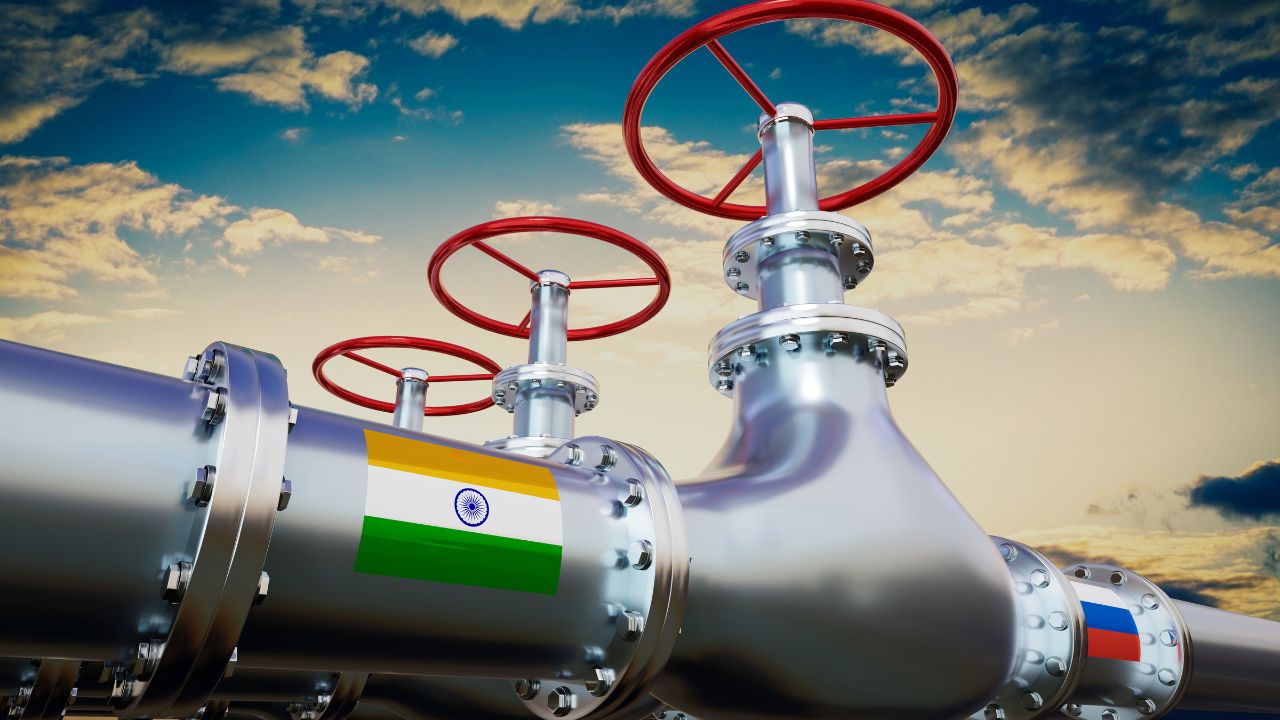
WHO is Responsible?
Read More
Sanity Break #1
We fell immediately in love with this photograph by Elliott Erwitt. He says of his craft: “It’s about reacting to what you see, hopefully without preconception. You can find pictures anywhere. It’s simply a matter of noticing things and organizing them. You just have to care about what’s around you and have a concern with humanity and the human comedy.”

Headlines that matter
Check out this edition for the most important stories from around the world today!

Sanity Break #2
Here’s your zen moment for the day. Tokyo-based “ultra-technologists” teamLab created an immersive installation ‘Floating Flower Garden; Flowers and I are of the Same Root, the Garden and I are One’—created with 13,000 living orchids. Yes, watching this video is every bit as relaxing as that title. Take a deep breath and chill.

Reading Habit
Our books editor Anushree Kaushal has a list of awesome new releases and an excellent list of her favourite newsletters.

Feel Good Place
Need an immediate pick-me-up? We have you covered! From hilarious animal clips to stuff that’ll make you go “lol why?!”, we have all you need to keep you sane on even your worst hair day.






